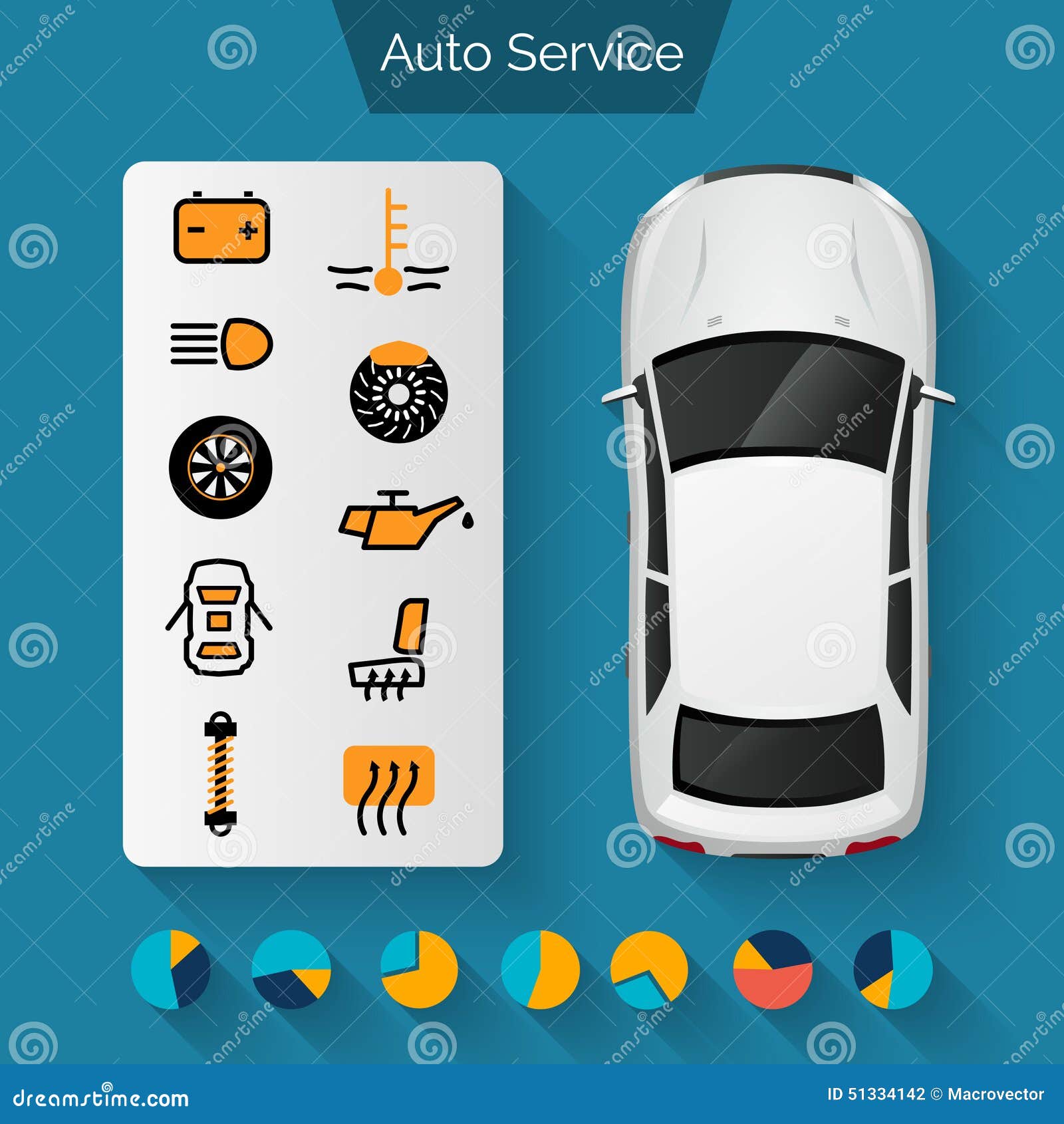Wondering Regarding The Meaning Behind Those Control Panel Warning Lights? Gain Insights Right Into Their Ramifications For Your Automobile'S Safety And Security And Upkeep
Wondering Regarding The Meaning Behind Those Control Panel Warning Lights? Gain Insights Right Into Their Ramifications For Your Automobile'S Safety And Security And Upkeep
Blog Article
Writer-Termansen Winters
When you're behind the wheel, those radiant warning lights on your dashboard can be a little bit perplexing. Do you understand what they're attempting to inform you about your car's health? Comprehending the relevance of these lights is vital for your security and the long life of your lorry. So, the next time one of those lights pops up, wouldn't you want to understand its message properly and take the essential steps to resolve it?
Common Caution Lights and Interpretations
Recognize typical warning lights in your cars and truck and comprehend their definitions to make certain risk-free driving.
The most common caution lights consist of the check engine light, which signals problems with the engine or exhausts system. If this light comes on, it's important to have your automobile inspected promptly.
The oil pressure warning light suggests reduced oil stress, calling for immediate attention to prevent engine damages.
A flashing battery light might suggest a malfunctioning charging system, possibly leaving you stranded if not attended to.
The tire pressure monitoring system (TPMS) light alerts you to low tire pressure, affecting automobile security and gas performance. Overlooking this could lead to hazardous driving problems.
The ABS light indicates a trouble with the anti-lock braking system, compromising your capability to stop quickly in emergencies.
Last but not least, the coolant temperature alerting light warns of engine getting too hot, which can result in severe damage if not solved promptly.
Comprehending these typical caution lights will certainly assist you resolve concerns promptly and maintain secure driving problems.
Importance of Prompt Attention
Comprehending the common warning lights in your cars and truck is only the primary step; the significance of without delay addressing these cautions can't be highlighted enough to guarantee your security on the road.
When a caution light illuminates on your control panel, it's your cars and truck's method of interacting a possible issue that needs attention. Disregarding these cautions can lead to much more extreme issues in the future, jeopardizing your security and possibly costing you a lot more out of commission.
Prompt interest to alerting lights can avoid malfunctions and mishaps. For example, a blinking check engine light could indicate a misfire that, if left ignored, can trigger damages to the catalytic converter. Addressing this promptly can save you from an expensive repair service.
Similarly, a brake system advising light might signal low brake fluid or worn brake pads, critical elements for your safety and security when driving.
Do It Yourself Troubleshooting Tips
If you observe a warning light on your control panel, there are a couple of do it yourself fixing suggestions you can attempt before seeking specialist help.
The very first step is to consult your auto's handbook to recognize what the specific caution light suggests. Sometimes the concern can be as easy as a loosened gas cap activating the check engine light. Tightening up the gas cap might fix the issue.
One more usual concern is a reduced battery, which can activate various warning lights. Examining https://brakes-plus28495.worldblogged.com/35828615/cars-and-truck-describing-throughout-the-year-tips-for-seasonal-prep-work for deterioration and guaranteeing they're protected might fix the problem.
If a caution light persists, you can attempt resetting it by detaching the auto's battery for a few minutes and afterwards reconnecting it. Furthermore, inspecting your vehicle's liquid levels, such as oil, coolant, and brake fluid, can aid repair warning lights associated with these systems.
Conclusion
In conclusion, understanding your car's warning lights is important for maintaining your vehicle running efficiently and safely. By promptly attending to linked web page and understanding what they indicate, you can stay clear of expensive repair services and possible failures.
Bear in mind to consult your cars and truck's guidebook for certain information on each advising light and act as necessary to guarantee a hassle-free driving experience.
Keep educated, stay secure on the road!
